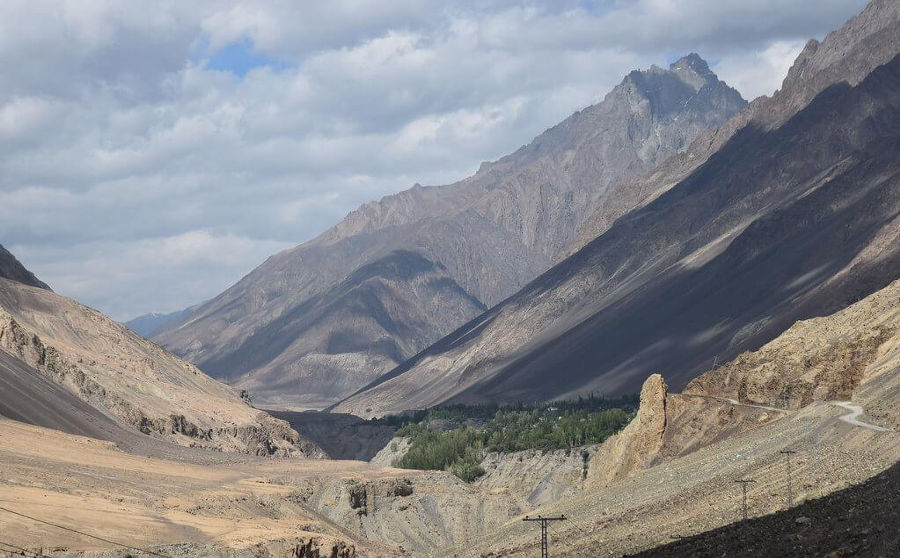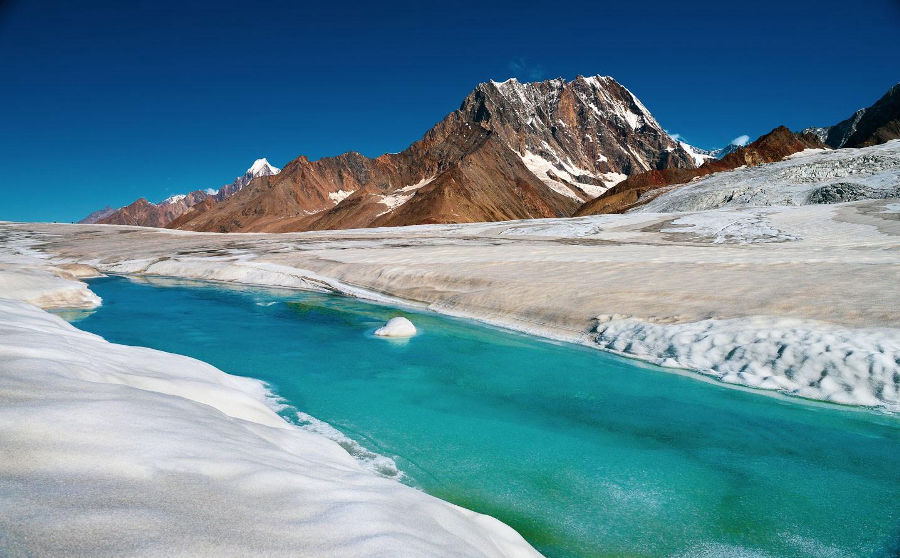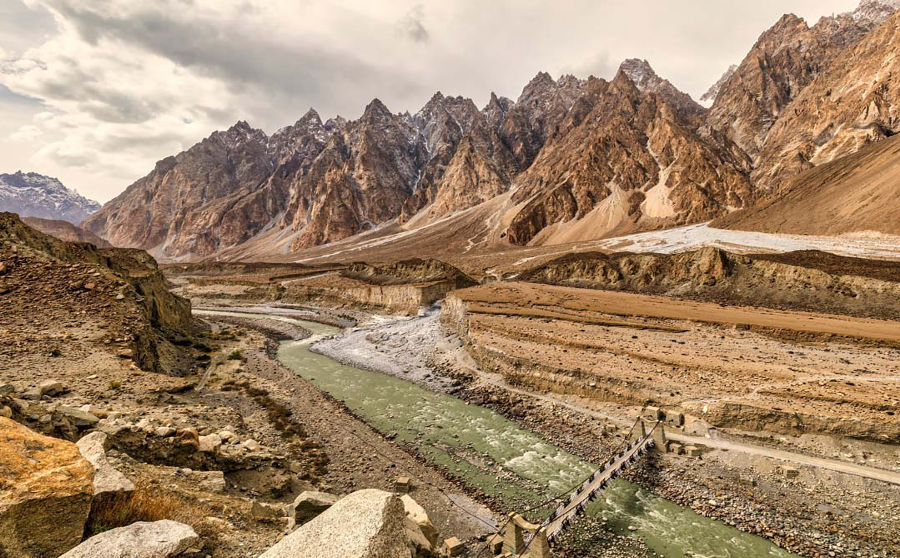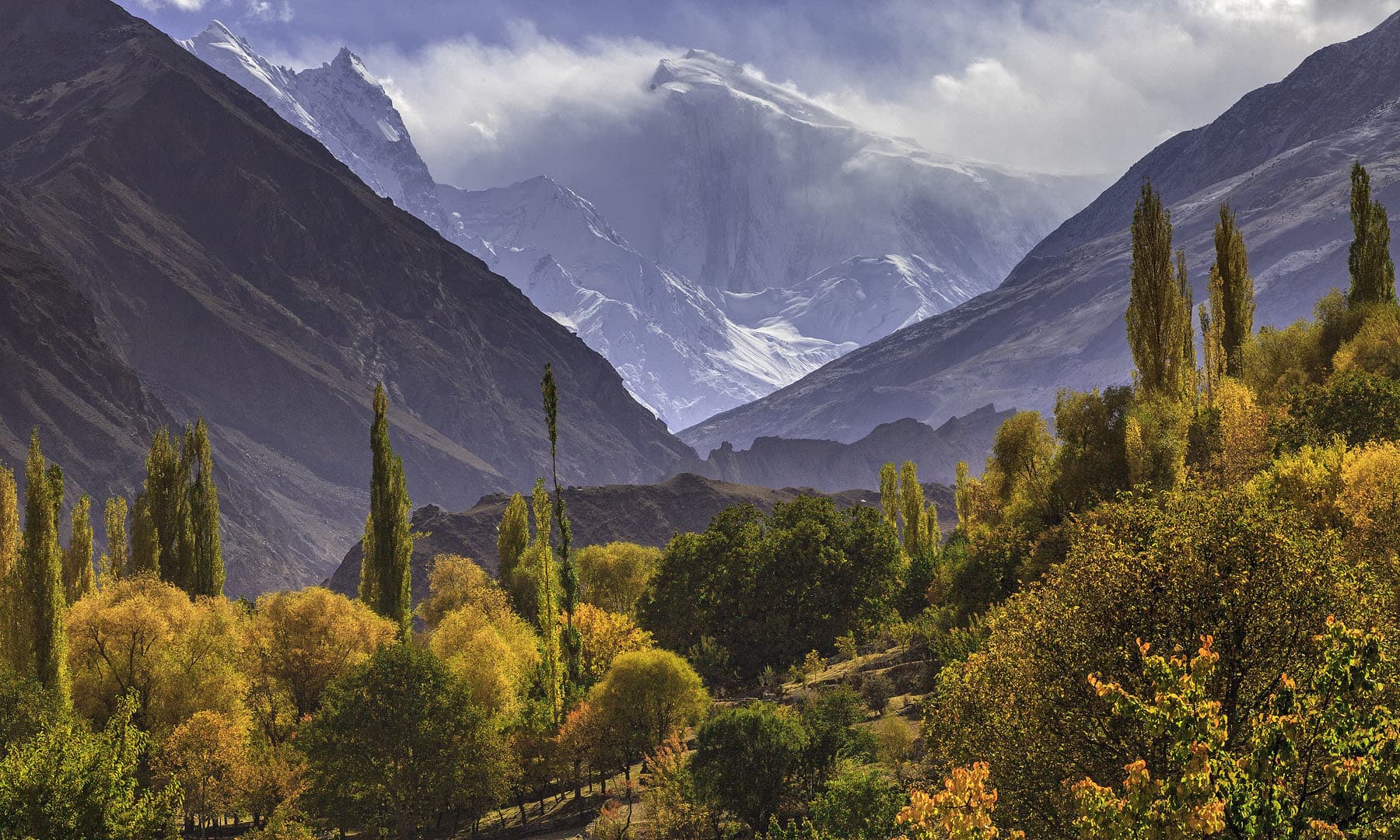Misgar Valley, tucked away at the northernmost edge of Gilgit-Baltistan, is a breathtakingly beautiful and remote settlement where nature, history, and adventure blend seamlessly. Surrounded by towering peaks, vast meadows, and ancient glaciers, Misgar feels like a world frozen in time — untouched by the rush of modern life.
Historically, Misgar served as a crucial passage during the Silk Route era, connecting traders and travellers between South and Central Asia. Caravans once journeyed through these rugged paths, carrying silk, spices, and stories across continents. This strategic importance continues to echo through the valley’s ancient forts and historic trails, especially near the Kilick and Mintaka Passes, which once served as major entry points between Pakistan and China.
Whether you’re an adventure seeker, a history enthusiast, or simply someone in search of raw, untouched beauty, Misgar Valley invites you to step back in time and experience a part of the world that few have seen.
FUN FACT:
Misgar once guarded the Silk Route and still holds ancient watchtowers built to fend off invaders.Location & Accessibility
Perched at an elevation of around 3,100 meters (10,170 feet), the valley stretches across a wide landscape of scenic valleys, crystal-clear rivers, and rugged mountain passes. Despite its remoteness, Misgar has remained a vibrant home to a small, resilient Wakhi-speaking community that proudly preserves its centuries-old traditions, language, and way of life.
Getting to Misgar is an adventure in itself. Travellers first journey along the legendary Karakoram Highway (KKH), one of the highest paved roads in the world, up to Sost, the last major town before crossing into China at Khunjerab Pass. From Sost, a rough dirt track branches off towards Misgar, covering a distance of about 30 kilometres. Depending on the road conditions — which can vary with weather — the drive usually takes around 1 to 1.5 hours.
While the track is challenging and best tackled in a 4×4 vehicle, the journey is nothing short of spectacular. Along the way, you’ll pass through dramatic landscapes featuring towering peaks, flowing rivers, and open valleys that seem to stretch endlessly. Jeep rides to Misgar can be easily arranged through guesthouses in Sost, many of which offer assistance with transport and local guides.
Although rugged, the route rewards visitors with jaw-dropping views and a true taste of the remote beauty that defines northern Pakistan.
Historical Significance
Misgar’s history is deeply tied to the famous Wakhan Corridor and the old Silk Road. It served as a route for traders, explorers, and even spies during the “Great Game” between British India and Tsarist Russia in the 19th century. Old watchtowers and remnants of British outposts can still be seen scattered across the valley, silent witnesses to a rich, often turbulent past.
The Dilis Pass, connecting Misgar with Afghanistan’s Wakhan Corridor, has been used for centuries by caravans and adventurers alike.
Why Visit Misgar Valley?
Untouched Natural Beauty
Misgar’s raw landscapes — from lush meadows to rugged mountains — offer a photographer’s dream. Treks in the valley lead to breathtaking spots like Kilik Pass and Mintaka Pass, both historically significant routes linking Pakistan and China.
Rich Cultural Experience
The people of Misgar are known for their warmth and hospitality. Visiting a local home provides insight into Wakhi traditions, farming methods, and the enduring spirit of the high-mountain communities.
Trekking Adventures
Trekkers can embark on trails to the historic passes of Kilik and Mintaka, journeying through valleys rich in flora and fauna. These treks are less commercialised compared to others in the region, offering a peaceful, immersive experience.
Wildlife Spotting
Misgar is home to rare animals such as Marco Polo sheep, ibex, and snow leopards. Birdwatchers also frequent the valley to spot Himalayan vultures and golden eagles.
Best Time to Visit Misgar
The ideal time to visit Misgar Valley is between June and September. During these summer months, the weather is at its best — clear blue skies, pleasant daytime temperatures, and cool, crisp evenings. The valley transforms into a lush green paradise, with vibrant meadows, blooming wildflowers, and flowing streams. These conditions are perfect for trekking, photography, and immersing yourself in the raw beauty of the Karakoram region.
Outside of this window, especially from October onwards, Misgar can become quite harsh. Winters here are extremely cold, with heavy snowfall often blocking access roads and cutting the valley off from the rest of the region. Spring (April–May) can still be chilly, and many high-altitude trails remain snowbound.
So, if you want to experience Misgar at its most welcoming — with green landscapes, lively local festivals, and easier road access — plan your trip between June and September.

FAQs
How do I get to Misgar Valley?
Drive to Sost via the Karakoram Highway, then take a jeep towards Misgar.
Is Misgar safe to visit?
Yes! It’s peaceful and welcoming, but do travel with a local driver for safety on rough roads.
Do I need a permit to visit Misgar?
No permit needed, but registering at Sost’s police checkpoint is necessary.
Is it suitable for families?
If your family loves nature and adventure, absolutely! However, it’s quite remote, so preparation is key.






